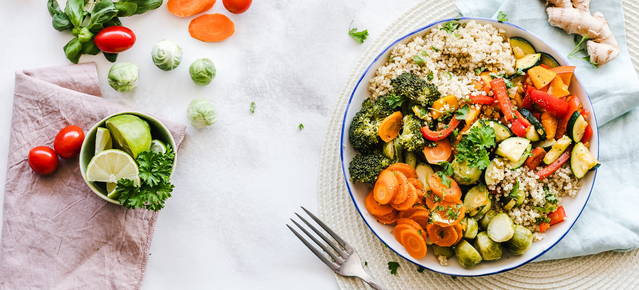
Vitamin D: How do you know if you are getting enough?
Vitamin D, the sunshine vitamin, is famous for its role in helping our bodies absorb calcium to keep our bones strong.
However in New Zealand, around 5% of adults are deficient in vitamin D, with a further 27% with insufficient levels of vitamin D. Vitamin D deficiency can lead to osteoporosis, bone and joint pain. Older people who don’t have enough vitamin D are more likely to fall and fracture their bones.
New Zealanders get about 80% of their vitamin D requirements from the sunlight on their skin, with the remainder coming from the food they eat. So, what happens when we spend so much time indoors?
Can we get enough vitamin D in winter?
Spending a lot of time inside is a risk factor for low vitamin D.
We see this happen naturally with changes of seasons. New Zealand data shows that vitamin D deficiencies tend to peak between August and October, which likely reflects fewer sunlight hours and less exposure to the sun during winter.
Spending time outside really is important. As well as being good for our mental wellbeing, it helps restore levels of vitamin D and whether it’s a cuppa on the balcony, some gardening in the backyard, chatting to a neighbour, walking to the shops or exercising outside – any time in the sunshine counts.
How much time in the sun do we need to get enough vitamin D?
It’s tough to give an exact amount of time as this will depend on a range of factors, including where you live, what time of day it is, the colour of your skin and how much skin is exposed.
During the summer months, as little as 6-8 minutes is all you need, and it is recommended that you get this from the gentler early morning or late afternoon sunlight. In winter, you need a bit more time in the sun to synthesis vitamin D, so aim for around 30 minutes in the middle of the day. While sun exposure is key for maintaining vitamin D levels, sun safety is still important. Excessive exposure to the sun increases your risk of skin cancer, so it is important you don’t get sunburnt.
If the UV index is 3 or above sun protection is recommended while outside, for most people.
Can I get vitamin D from food?
You can get vitamin D in small amounts from foods including eggs, oily fish and UV-irradiated mushrooms. What’s that you ask? Like our skin, mushrooms convert the sunlight they absorb into vitamin D, so placing mushrooms in the sun can increase the amount of vitamin D they contain. Eating a 100g serve of mushrooms that has been left in the sun for an hour, will provide your daily dietary vitamin D needs.
There are also several foods that have been fortified with vitamin D including soy milks, almond milks and some margarines and milk.
In cases of vitamin D deficiency, health professionals may also prescribe vitamin D supplements.
What happens if I don’t get enough vitamin D?
Low levels of vitamin D can increase your risk of bone and joint pain and the chance of fractures and broken bones, especially if you are over 50. It’s also a risk factor for osteoporosis.
Osteoporosis makes bones brittle and occurs when your bones lose minerals, like calcium, quicker than our body can replace them. Vitamin D plays an important role in helping our body absorb calcium.
There are also several diseases that have been linked to low vitamin D levels including cardiovascular disease, severe asthma and cancer. While moderate or severe vitamin D deficiencies in infants and children can lead to soft bones or rickets.
If you have any questions or concerns about your vitamin D levels please speak to your GP or a dietitian.

The latest nutrition advice, plus health and wellness tips delivered to your inbox monthly

